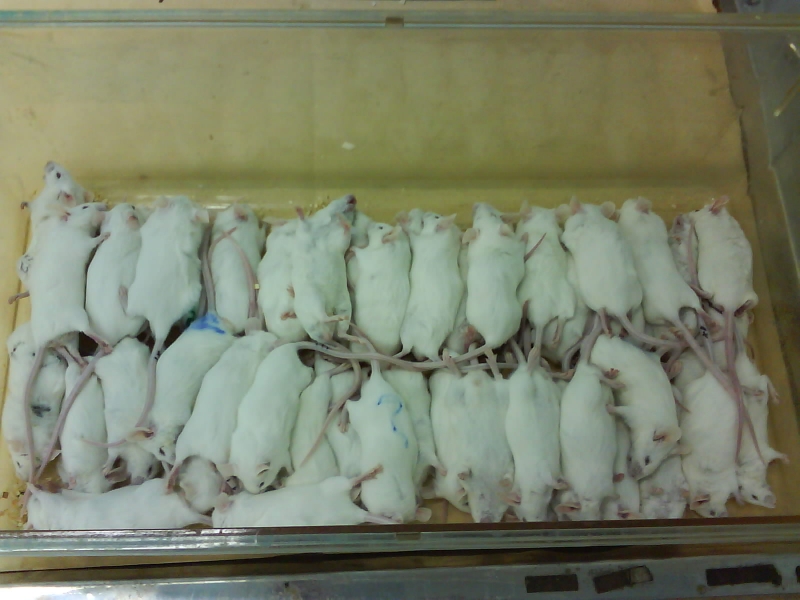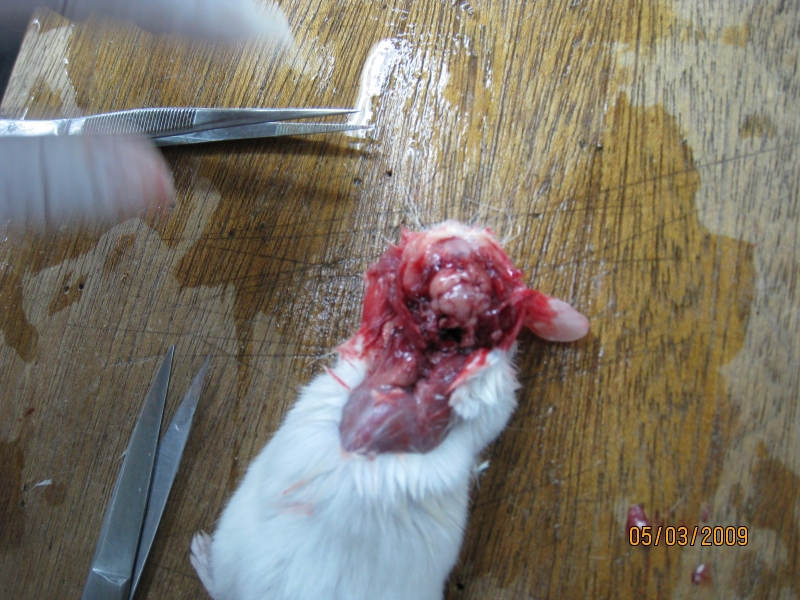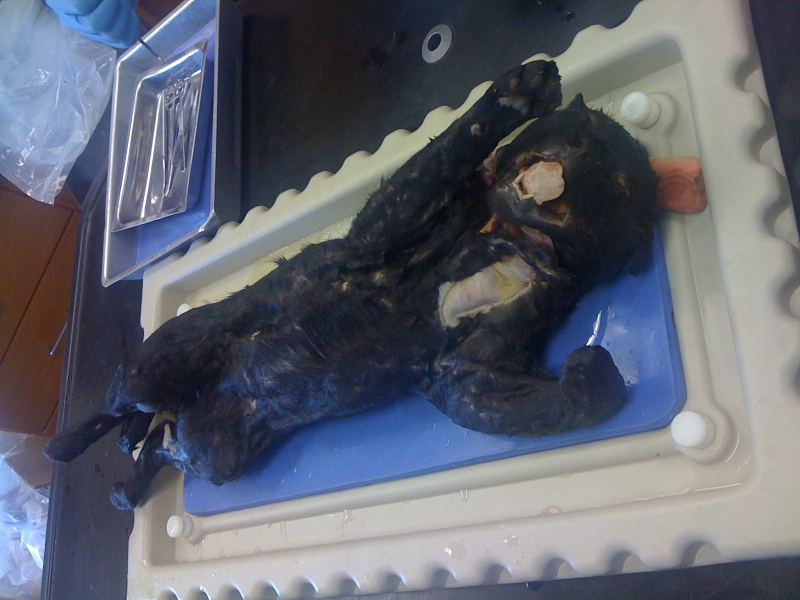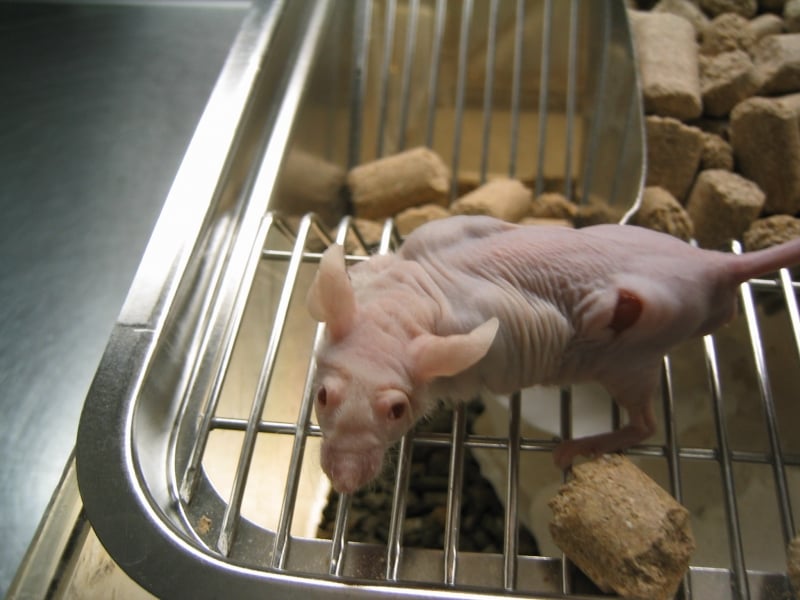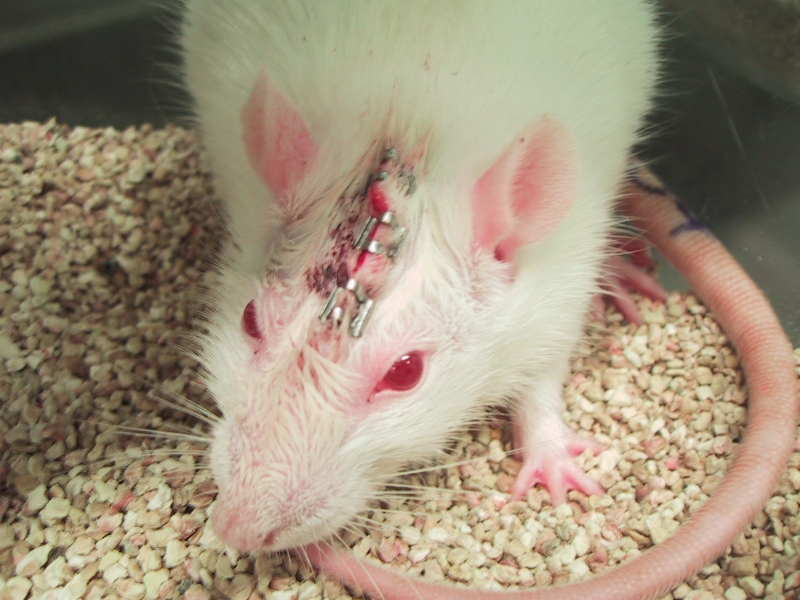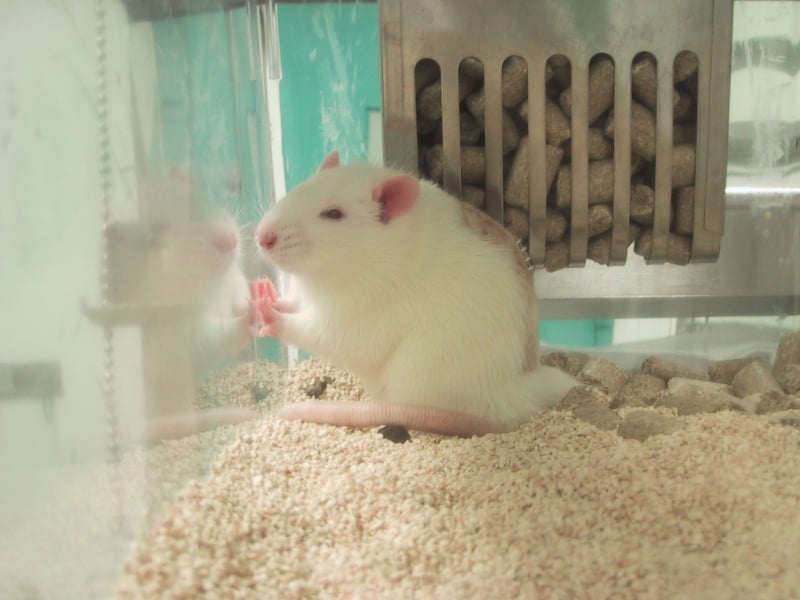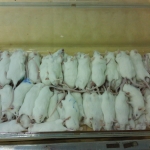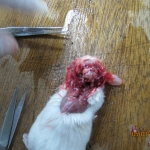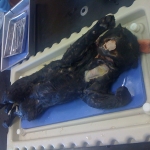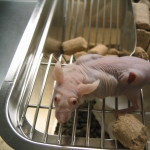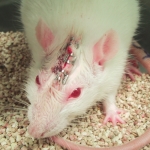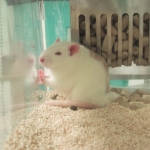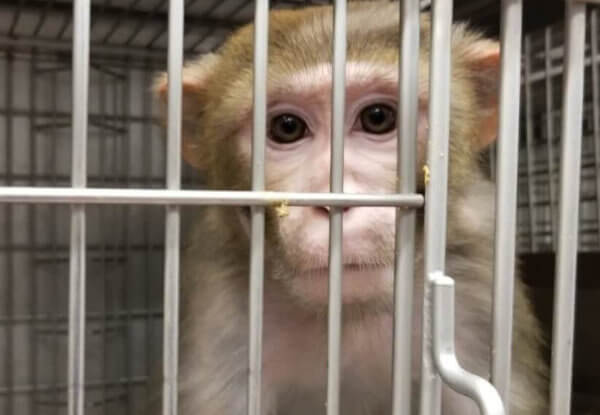Lethal Lessons: Animals Used in Education
Every year, millions of animals are abused for cruel, archaic teaching exercises, despite the existence of superior non-animal teaching tools. Many animals, such as frogs, rats, and cats, are killed for classroom dissection, and others are tormented and cut apart in medical training drills while they’re still alive.
Dissections: Lessons in Cruelty
In schools across Asia, students are asked to cut open animals such as rats, cats, frogs, fish, and rabbits in crude dissection exercises. Each animal who is cut open, killed, and discarded represents not only a life lost but also a part of a trail of animal abuse and environmental havoc.
Where do the animals or parts of animals used in these lessons come from? Schools usually purchase them through biological suppliers that may either breed and kill the animals themselves or acquire them from pet stores, shelters, slaughterhouses, or animal dealers. In the U.S., investigations into biological supply companies have revealed rampant acts of cruelty, including the drowning of rabbits and the embalming of live cats.
Killing Compassion
Classroom dissection desensitizes students to the sanctity of life. Research shows that many people at all stages of their educational careers are uncomfortable with the use of animals in education. Studies show that exposing students to these gory activities can traumatize them, foster insensitivity toward animals, and even dissuade some from pursuing careers in science. It isn’t necessary for students to cut up animals in order to understand basic anatomy and physiology. Those who want to go into a medical field have plenty of humane non-animal teaching methods available, such as computer models and sophisticated simulators.
Teaching Torture: Medical and Veterinary Training
In addition to the animals mutilated in dissection, millions of live animals are tormented and killed in crude university-level demonstrations. Many universities and hospitals are home to laboratories in which countless animals endure frightening and painful procedures at the hands of experimenters.
Veterinary schools and veterinary-technology programs often expect their students to perform painful and medically unnecessary procedures on live animals. Among other procedures, this can mean performing surgeries on—and then killing—healthy animals or dissecting animals killed specifically for this purpose.
Cutting Out Cruelty: Humane Alternatives
Thanks to growing ethical concern, technological advances, and the proven effectiveness of modern non-animal methods, many people are rejecting animal laboratories and educators and professional organizations at all levels are embracing more humane teaching tools.
Unlike dissection and live-animal laboratories, non-animal methods aren’t restricted by species differences that make it difficult to apply animal anatomy and physiology to those of humans. Most non-animal tools and lessons last for many years and cost less than maintaining a constant supply of animals. Because computer methods allow students to learn at their own pace, they have proved to be as good as, and often superior to, dissection as a teaching tool.
The options available to students now include human-patient simulators, interactive computer programs, safe human-based teaching methods, and clinical experience. This promises considerable progress for animals, society, and future generations of doctors.
Choose Compassion
Speak out! If you are a student or a parent, ask instructors not to include animal dissection as part of a course’s curriculum. Remember: You have the right to opt out of lessons that involve cutting up dead animals. If you’re a teacher, offer your students an alternative assignment.
If you’re a student who’s interested in pursuing an animal-based or life-sciences career, contact colleges or universities directly to enquire about their use of animals before you apply.

